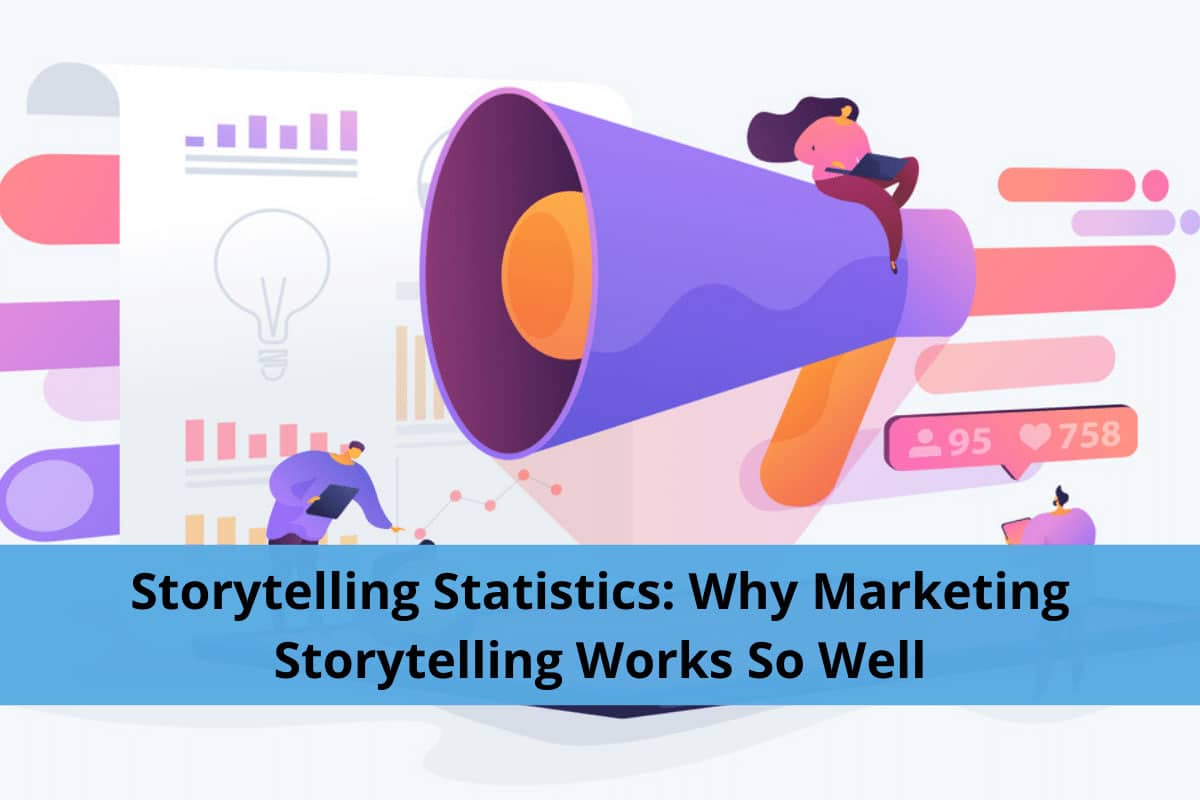Frequently Asked Questions (FAQ) about Storytelling in Copywriting
1. What is storytelling in copywriting?
Answer: Storytelling in copywriting involves using narrative techniques to convey your brand’s message, engage your audience, and drive conversions. Instead of presenting information as dry facts, storytelling weaves these facts into a compelling narrative that captures attention and evokes emotions.
2. Why is storytelling effective in increasing conversions?
Answer: Storytelling is effective in increasing conversions because it creates emotional connections, enhances engagement, and makes your message more memorable. By presenting your product or service within a relatable and engaging story, you can build trust and make your audience more likely to take action.
3. How can storytelling improve engagement with my audience?
Answer: Stories capture attention by presenting information in a structured and interesting way. They keep readers engaged longer than traditional, fact-based content. By integrating your key messages into a narrative, you can maintain reader interest and encourage them to interact with your content more deeply.
4. What are the key elements of a compelling story in copywriting?
Answer: Key elements include:
- Relatable Characters: Characters that resonate with your audience.
- Conflict and Resolution: A challenge faced by the characters and how it is resolved.
- Emotional Appeal: Elements that evoke feelings in the audience.
- Clear Message: A central message that aligns with your brand’s goals.
- Authenticity: Genuine and believable narratives that reflect real experiences or values.
5. How do I incorporate storytelling into my copywriting?
Answer: Start by understanding your audience’s pain points and aspirations. Craft a narrative with a clear structure: beginning, middle, and end. Use relatable characters, present a conflict, and provide a resolution that highlights your product’s benefits. Include visuals and customer voices to enhance the story and lead with a strong call-to-action.
6. Can storytelling be used in all types of copywriting?
Answer: Yes, storytelling can be effectively used in various types of copywriting, including blog posts, landing pages, product descriptions, case studies, and email campaigns. Tailor the narrative to fit the format and goals of your specific content.
7. How do I measure the effectiveness of storytelling in my copywriting?
Answer: Measure effectiveness by tracking key metrics such as:
- Conversion Rates: Compare conversion rates before and after implementing storytelling.
- Engagement Metrics: Monitor time spent on page, bounce rate, and click-through rates.
- Feedback and Surveys: Collect audience feedback to gauge their reaction to your stories.
- A/B Testing: Test different storytelling approaches to see which resonates best.
8. What are some examples of successful storytelling in copywriting?
Answer: Examples include:
- Case Studies: Showcasing real-life success stories of customers using your product.
- Customer Testimonials: Presenting testimonials within a narrative that highlights the customer’s journey.
- Brand Origin Stories: Sharing the background and mission of your brand in an engaging way.
- Product Usage Scenarios: Illustrating how your product integrates into a customer’s daily life through storytelling.
9. How can I ensure that my stories are authentic?
Answer: Ensure authenticity by using real customer experiences and voices. Avoid exaggeration or fabrication. Your stories should reflect genuine experiences and align with your brand’s values and mission. Authenticity builds trust and credibility with your audience.
10. What should I avoid when using storytelling in copywriting?
Answer: Avoid:
- Overcomplicating the Narrative: Keep the story clear and focused on your core message.
- Inauthentic Content: Ensure the story is genuine and aligns with your brand’s values.
- Lack of Structure: Ensure your story has a clear beginning, middle, and end.
- Ignoring the CTA: Always include a strong call-to-action that guides readers towards the desired action.
Get in Touch
Website – https://www.webinfomatrix.com
Mobile - +91 9212306116
Whatsapp – https://call.whatsapp.com/voice/9rqVJyqSNMhpdFkKPZGYKj
Skype – shalabh.mishra
Telegram – shalabhmishra
Email - info@webinfomatrix.com





















.jpg)
.jpg)